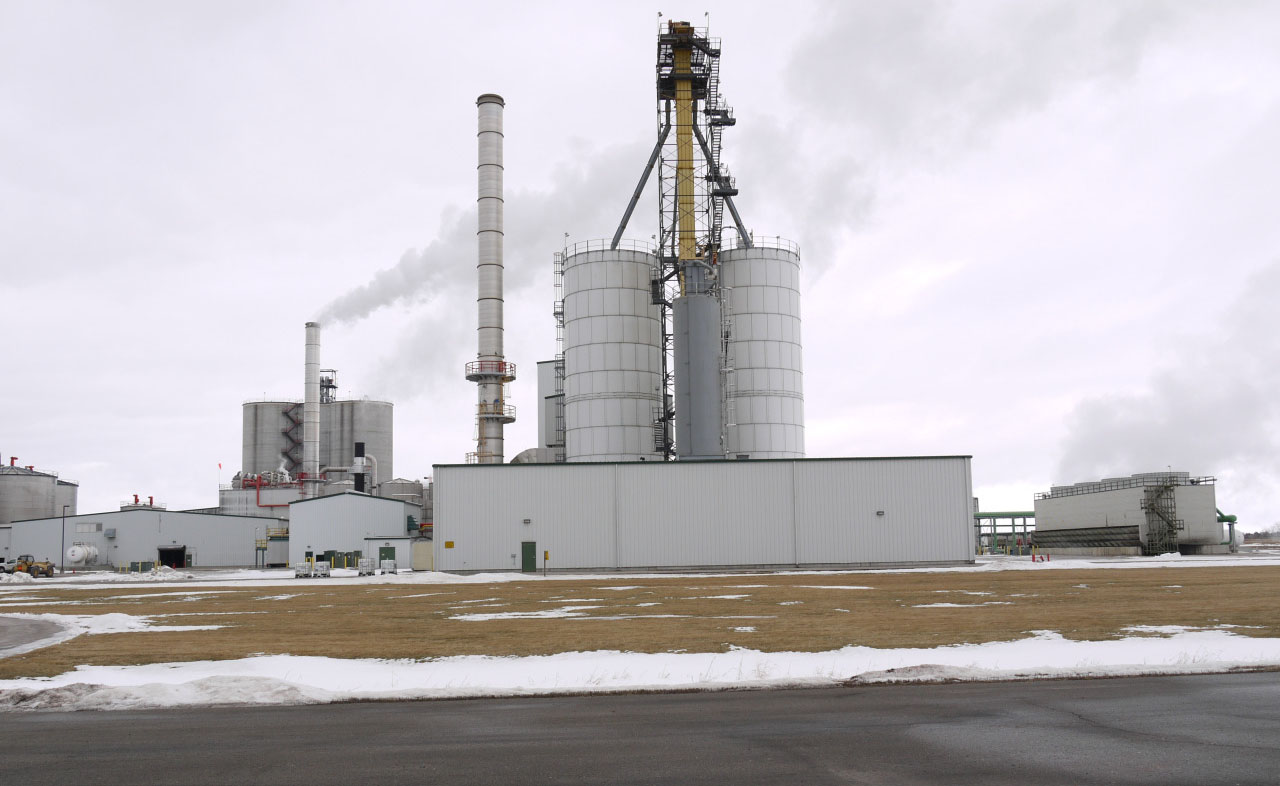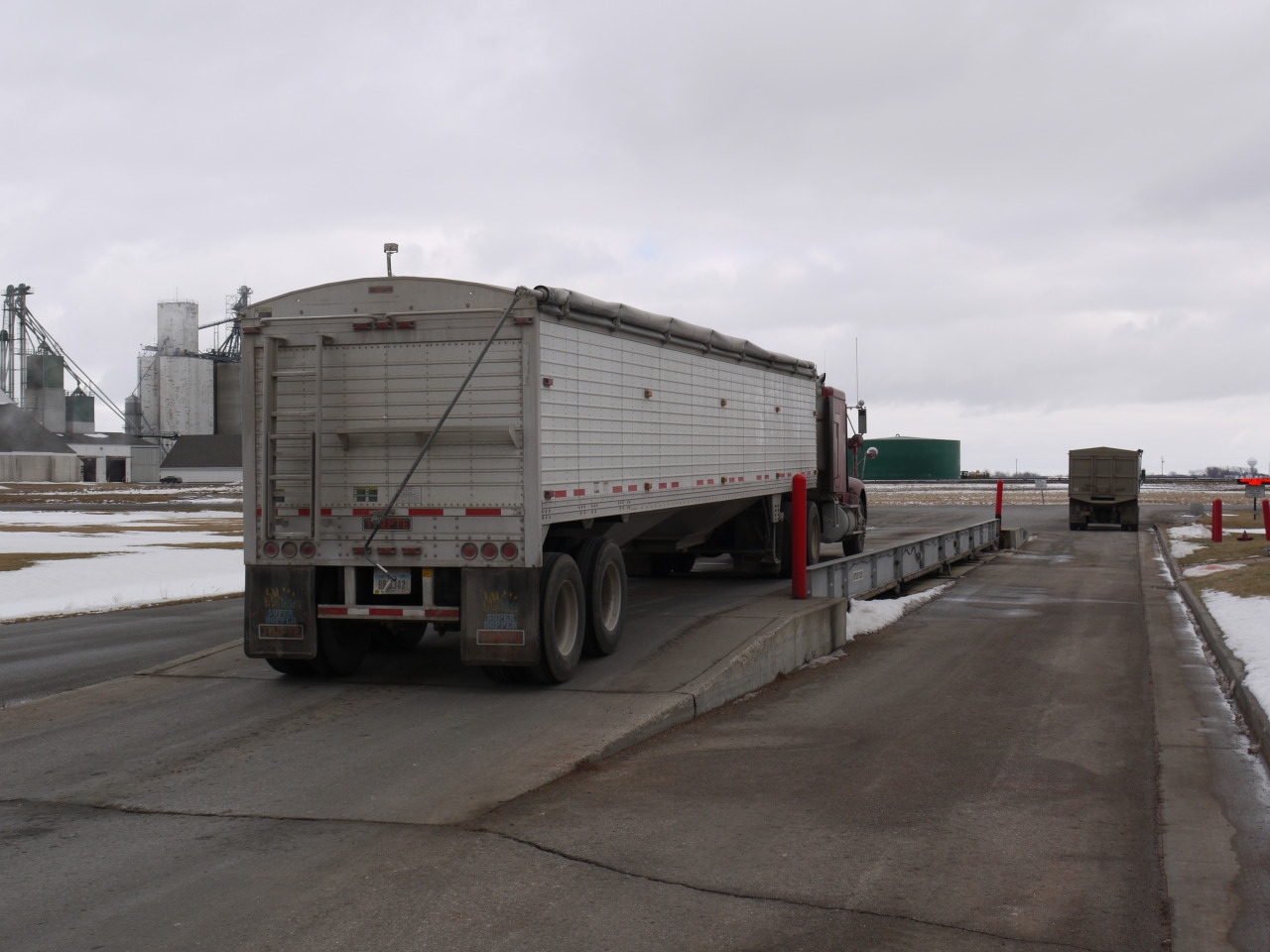Advertisement
Examining The Benefits And Drawbacks Of Ethanol
ResumeIowa produces more corn than any other state. Some of that corn goes into the food supply. Some of it goes to livestock. Nearly 50 percent of it though goes to produce ethanol, which the government mandates to be blended with gasoline, in accordance to the Renewable Fuel Standard.
GOP candidate Ted Cruz says the RFS, which was first enacted 11 years ago, should be scrapped, a position that caused Iowa Governor Terry Branstad to call for his defeat in Monday's caucus.
Reporting from Iowa, Here & Now's Robin Young sits down with David Swenson, associate scientist in the College of Agriculture and Life Sciences at Iowa State, to discuss the pros and cons of ethanol.
Interview Highlights: David Swenson

On what ethanol is
“Ethanol is ethyl alcohol. It’s distilled from corn, primarily, or other kinds of grains... and we produce a lot of it here in Iowa. The pure ethanol, once it’s produced, is blended with gasoline. Nationally, we’re at an about 10 percent blend.”
On ethanol’s original promise
“The promise was that we would have a certain amount of energy independence and corn ethanol was the fastest pathway. So that was the promise. Now, that promise was made also during a time when we had a lot of energy insecurity and we thought that we were held hostage by other countries, other forces. So the fervor for ethanol was a coalition of liberal and conservative interests; it was a coalition of environmental as well as agricultural interests and you put them all together and they had enough horsepower to create the Renewable Fuel Standard which mandates a certain level of biofuels into the fuel supply.”
On the concerns that started to rise about the use of corn in ethanol production

“Using corn for ethanol has two impacts right away. First of all, you divert corn from other uses and when you create that massive demand for corn domestically you also bid up the price. Now, that’s good for corn farmers but it’s bad for everybody else who uses corn, so it has an indirect impact on the food costs to a degree in the United States. But the other impact that people are talking about is because the rise in price for grain, especially corn, created an opportunity for people to put more land into corn production, some of that land were idle acres some of that land was land that had been grasslands or pasture. And so what we ended up with were environmental tradeoffs that ended up being, by many people’s accounts, negative and making ethanol suspect with regards to its clean definition.”
On whether corn ethanol truly is environmentally friendly
“Corn ethanol is complicated and it’s complicated because it takes a lot of energy to produce ethanol, first off. And then, in the process of producing ethanol and because you are using a lot of energy as well as your new land practices, you do produce many more greenhouse gases. The big question is: does it net out as being environmentally beneficial or environmentally harmful? That’s still being wrestled with. The jury, if there is a jury, tends to be less optimistic, if not leaning towards pessimistic, with regard to the clean claims associated with ethanol.”
On the economic impact of the Iowa caucuses
“The economic impact is incredibly disappointing. What we get is a lot of attention but not much money. In the last big election in the 2007 cycle, just in the last two quarters, just 4.4 percent of all campaign spending found its way directly to some sort of Iowa recipient. Most of the money gets spent in Virginia and D.C. and Maryland and New York. So what we get is the show, we don’t get the production, we get the show.”
Guest
- David Swenson, associate scientist in the College of Agriculture and Life Sciences at Iowa State. He tweets @daswenson.
This segment aired on January 29, 2016.